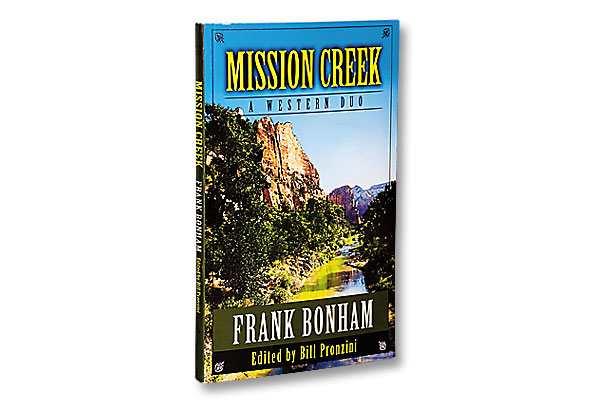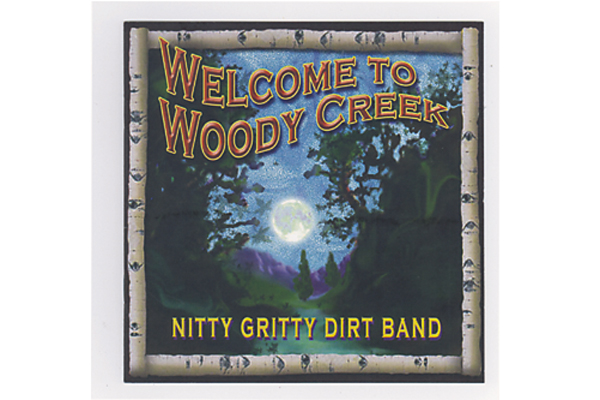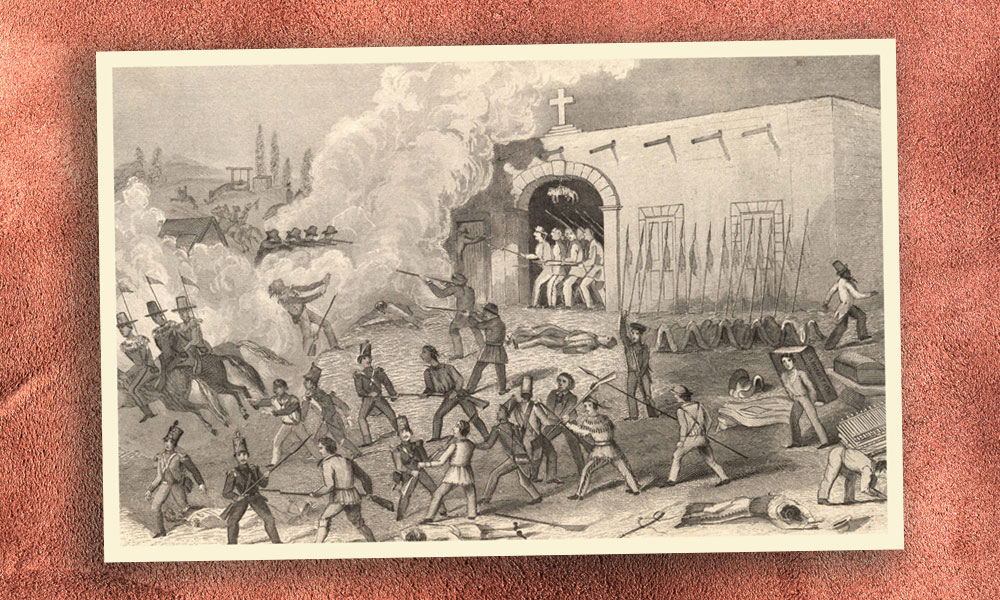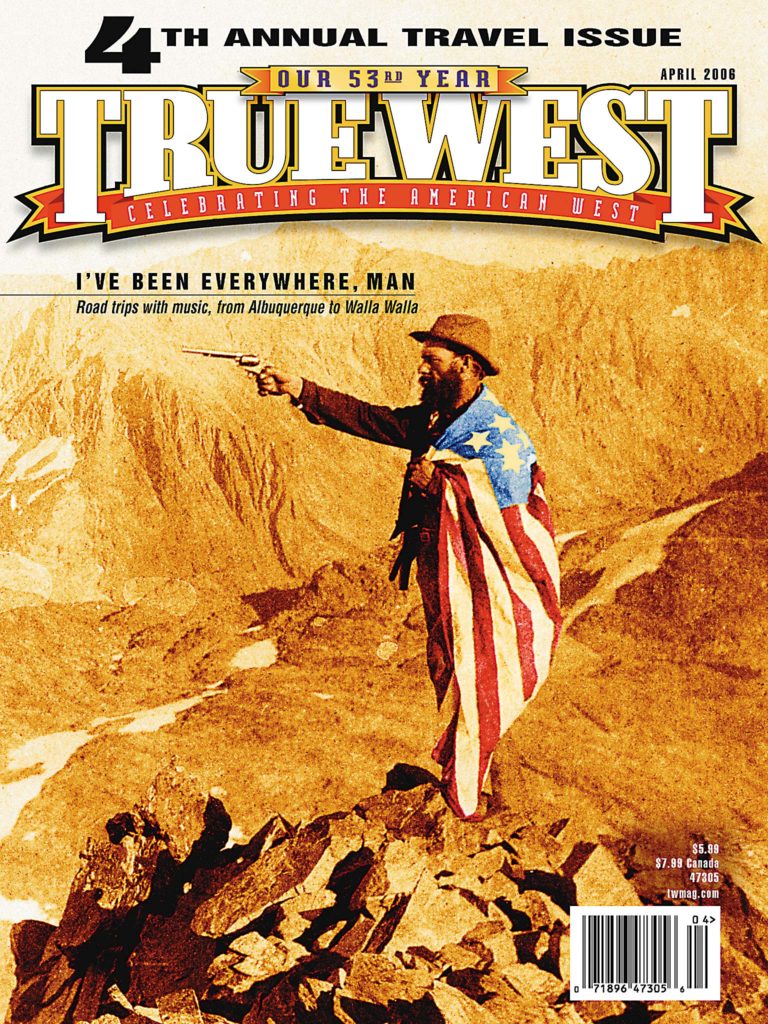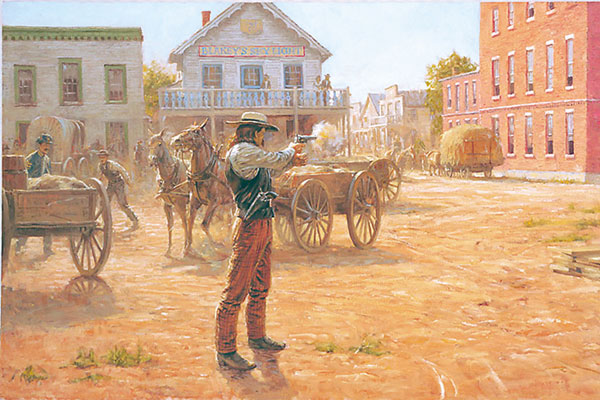 At least that’s how Joseph Rosa critiqued Andy Thomas’ painting of the July 21, 1865, gunfight between Wild Bill Hickok and Dave Tutt. Rosa especially salutes the artist’s use of contemporary sketches, photographs and descriptions to determine the painting’s look. That’s high praise from the renowned Hickok expert.
At least that’s how Joseph Rosa critiqued Andy Thomas’ painting of the July 21, 1865, gunfight between Wild Bill Hickok and Dave Tutt. Rosa especially salutes the artist’s use of contemporary sketches, photographs and descriptions to determine the painting’s look. That’s high praise from the renowned Hickok expert.
Andy Thomas wasn’t always so recognized for his artwork on the Wild West and the American Civil War. For 16 years, he served as Vice President of Marketing for a Fortune 500 company, but he left behind the advertising world in 1991 to pursue his love of oil painting. By 1996, he had already received 24 awards for his paintings when he suffered what could have been a major setback. An explosion in his shop left both of his hands severely injured. Even more, his earnestness to delve back into painting further damaged his right hand. But Andy could not be stopped. His bandaged left hand brushed the strokes on his canvas, and he ended up with the richly detailed Custer at Little Big Horn. His painting hasn’t ceased since.
Andy has had no formal art education, but history inspires him. “Most of my paintings reflect times and actual events in our history and lives,” he says. “To capture a moment in time, whether it be a Western, battle, farm or home scene, one must combine the technical aspect with the proper facts of that moment to produce a great painting.”
Andy and his wife Dina (who does everything but “paint the painting,” Andy admits) are a successful team. Pea Ridge National Military Park and Prairie Grove State Battlefield in Arkansas, and the Mine Creek Foundation in Kansas have purchased Andy’s paintings.
www.andythomas.com / 417-359-8787


